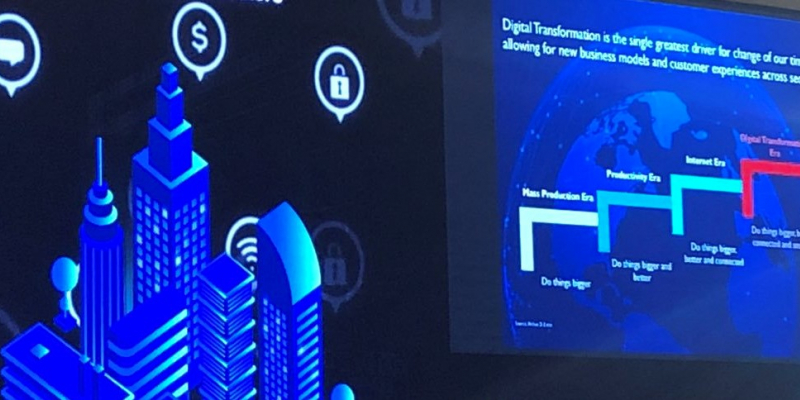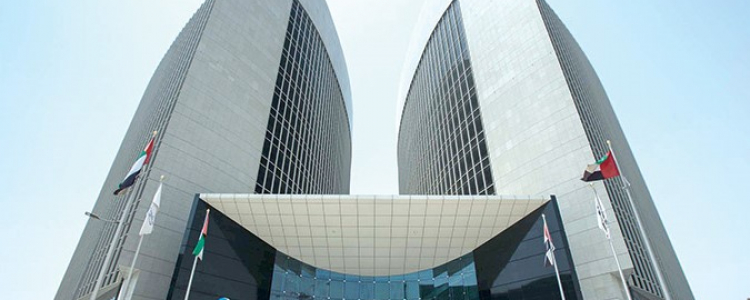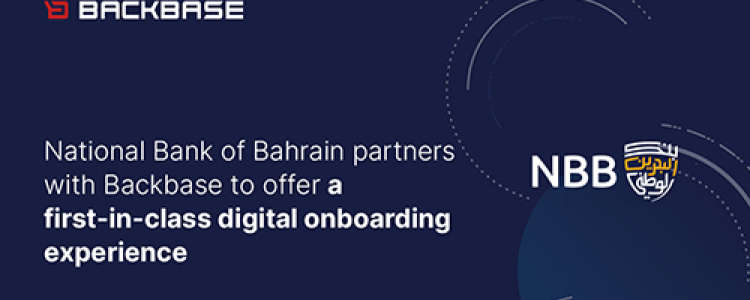
How Has COVID-19 Changed the Digital Banking Landscape
The global COVID-19 pandemic is transforming the banking and financial industry by shifting towards digital banking. It has been advised by the World Health Organization (WHO) to use contactless payment and avoid using bank notes to prevent the spread of COVID-19 virus. This is mainly because the deadly virus may continue to live on the banknotes, which will accelerate the spread of infection. This is helping the digital banking system market to witness a progressive growth during the forecast period.
According to a report published by Research Dive, the global digital banking system market is witnessing a positive growth due to the COVID-19 outbreak. Banks are taking this opportunity to adopt the newest technologies in digital banking by providing customers better banking experience.
While banks need to mitigate and confront risks, many solutions such as spanning income, capital & reputation, and operations must start with the customer. And due to the expected slow pace of recovery, banks are now moving from shorter-term metrics, which is driving consumer decision-making to a far longer-term emphasis on lifetime value.
The ways in which COVID-19 is impacting the digital banking industry are as follows:
Cashless is the New Normal
COVID-19 has challenged the use of cash by forcing many retailers to sell their goods online. For these reasons, the COVID-19 chaos is driving adoption of digital banking system in a major way.
Need for Fraud Protection
A radical change is occurring at rapid speed across the globe, which are opening various new loopholes for fraudsters. Impersonating government organizations or public health authorities and demanding payment form the targeted people are the common COVID-19 scams.
Thus, financial institutions and large merchants in the digital banking system industry are making significant investments to enhance fraud detection and prevention. Machine learning and artificial intelligence are both making a significant difference in this area.
Trust Equation Changes
There are two reasons in which the pandemic stress is changing the nature of trust in digital payments. The first is the higher level of economic distress all over the world, while the second is aforementioned rise in fraud. As money is getting tight for individuals and businesses, payments from digital banking systems will be watched very closely. Blockchain solutions to track the payments and assets from digital banking system could also get more traction, specifically in trade finance.
Tokenized Mobile Wallets to Witness Significant Growth
In digital banking system industry, the digital wallets like Google Pay and Apple Pay allow a payment to be made without even entering a PIN or touching a card to a terminal. It is expected that the use of token-based wallets will witness a considerable grow in the near future, while the usage may shrink for physical payments cards. Businesses that are not capable to accept payments from digital banking systems and digital wallets may experience reserved growth in the post-pandemic world.
Changing Customer Behavior
Social distancing and other measure taken during this COVID-19 pandemic stress are likely to boost demand for digital banking systems. This will ultimately lead to force several traditional payments providers to advance their digital innovation efforts. Payments players and legacy banks may wish to collaborate to bring customers with better digital banking systems and online payments solutions in the marketplace.







